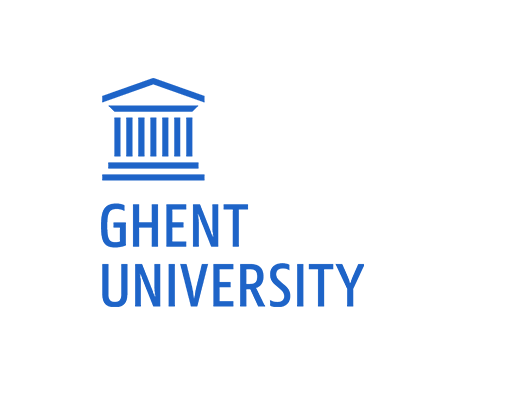Tussen schok en overgang : de Europese Unie in 2001
Abstract
Without doubt, the year 2001 will remain identified with the terrorist attacks of september 11. To some extent, this goes for the European Union as well. The events of september 11 left an important mark on the European integration process, of which the development of the European arrest warrant is an important illustration. Nevertheless, as for the European Union, the year 2001 was more than a year of anti-terrorism measures. In the second semester of2001, the Belgian government assumed the presidency ofthe European Union. 2001 was also the year in which, only weeks after street violence disruputed the European Council ofGöteborg, a protester was killed in the margin ofthe G7-G8 Summit in Genova. In 2001, the gap between the European Union and the United States got larger for a number of policy fields, including National Missile Defence and the Kyoto Protocol. Yet, in the autumn of2001, both power blocks reconciliated at the WTO Ministerial Conference in Doha, Qatar. In Doha, a new global round of trade negotiations was launched. As in previous years, in 2001, the enlargement process was high on the European agenda. As for the latter, for the first time, ten candidate countries were mentioned by name, making their accession in 2004 a more realistic scenario. The eastern enlargement will radically change the face of the European Union. The Belgian presidency anticipated this impeding metamorphosis and stimulated the adoption of the Laeken Declaration in december 2001. The Declaration laid the foundation for the Convention on the Future of Europe which started on February 28, 2002. The Declaration of Laeken was one of the European highlights of 2001. The low point was the Irish referendum of June 7, 2001, in which a majority of the Irish population rejected the Treaty of Nice. Both events reflect the situation the European Union is faced with today, as they demonstrate the growing tension between the desires of «widening» and «deepening» the European construction. The future will
reveal how the European Union went with this growing area of tension.
How to Cite:
Kerremans, B. & Drieskens, E., (2002) “Tussen schok en overgang : de Europese Unie in 2001”, Res Publica 44(2-3), 279-305. doi: https://doi.org/10.21825/rp.v44i2-3.18440
Downloads:
Download pdf
View PDF

